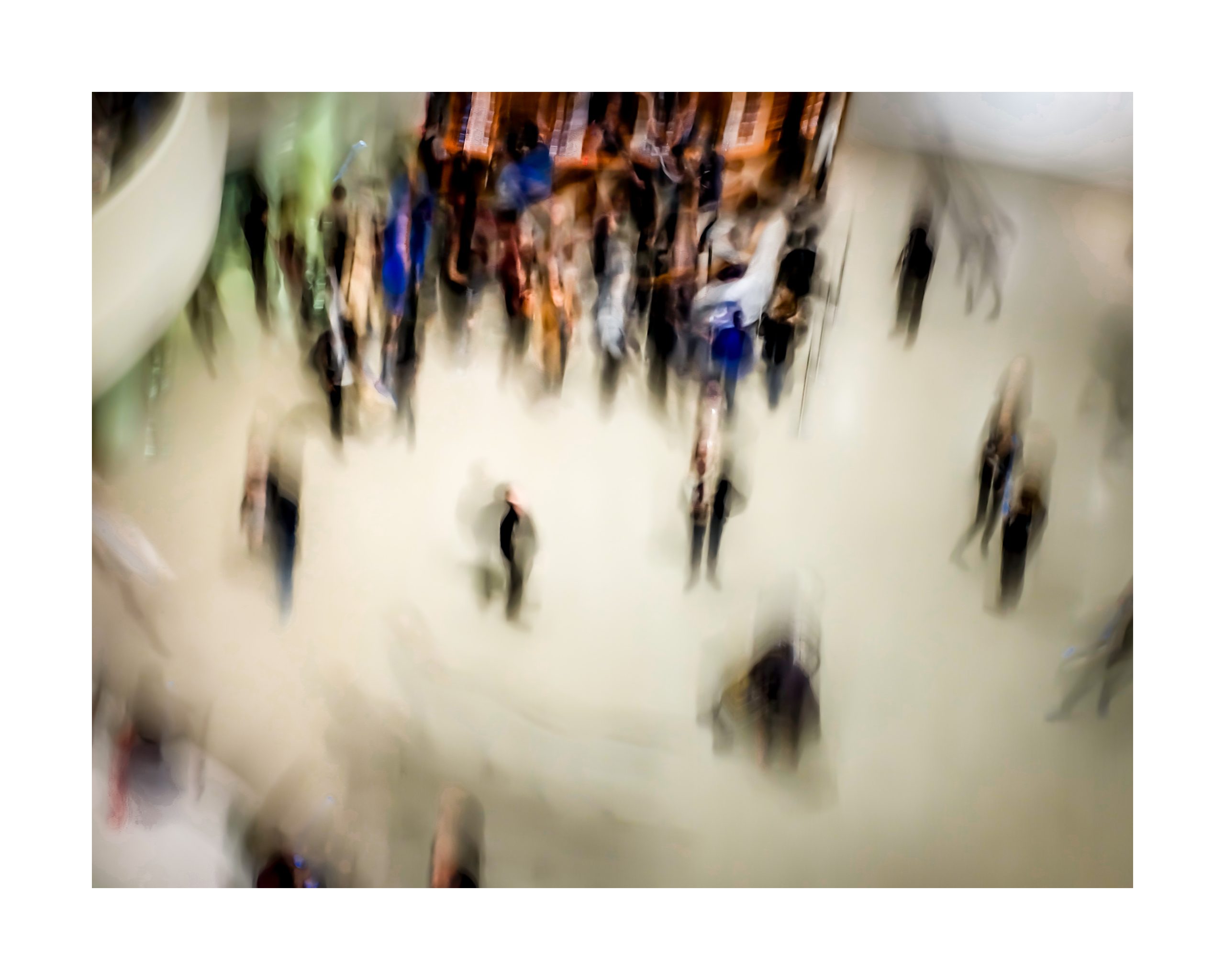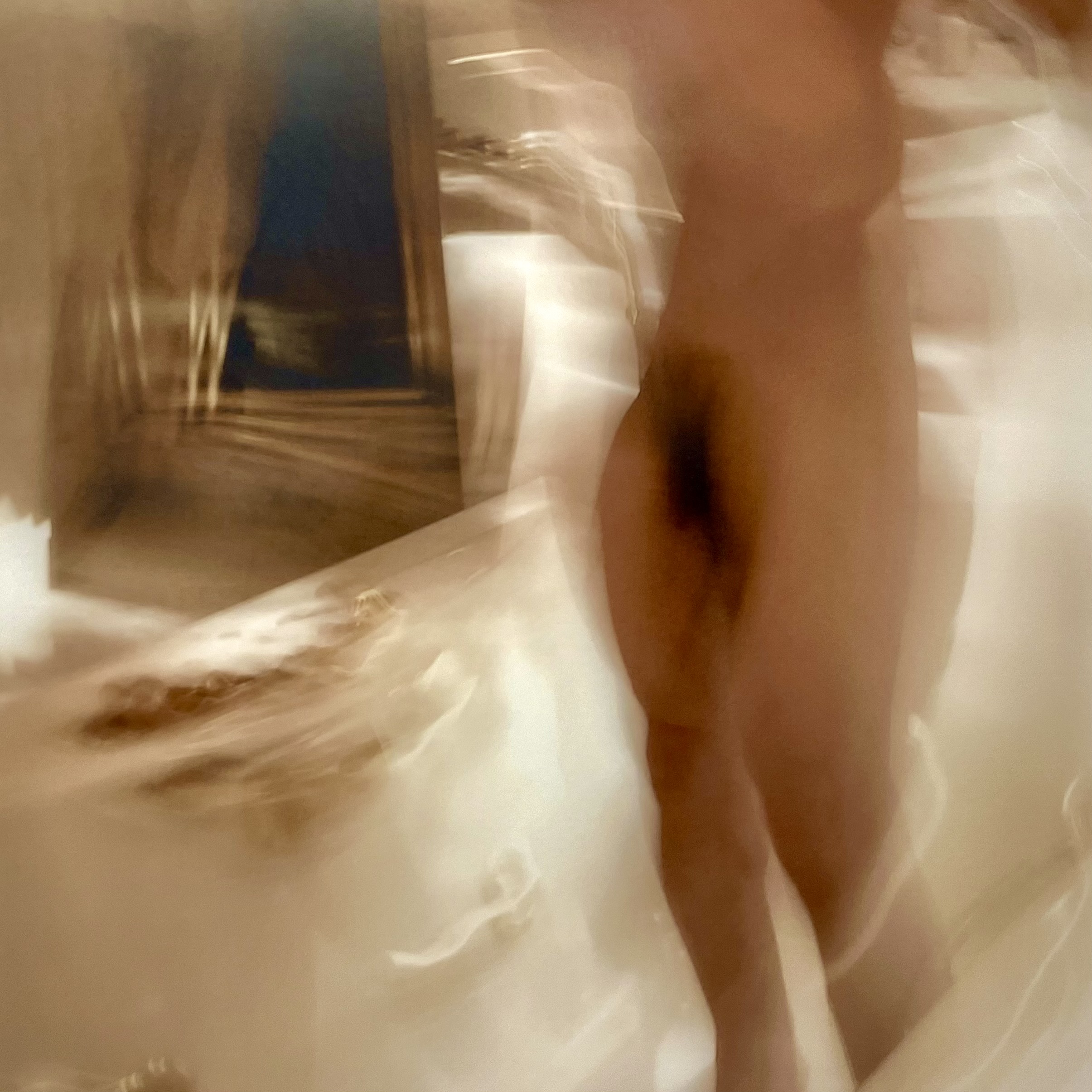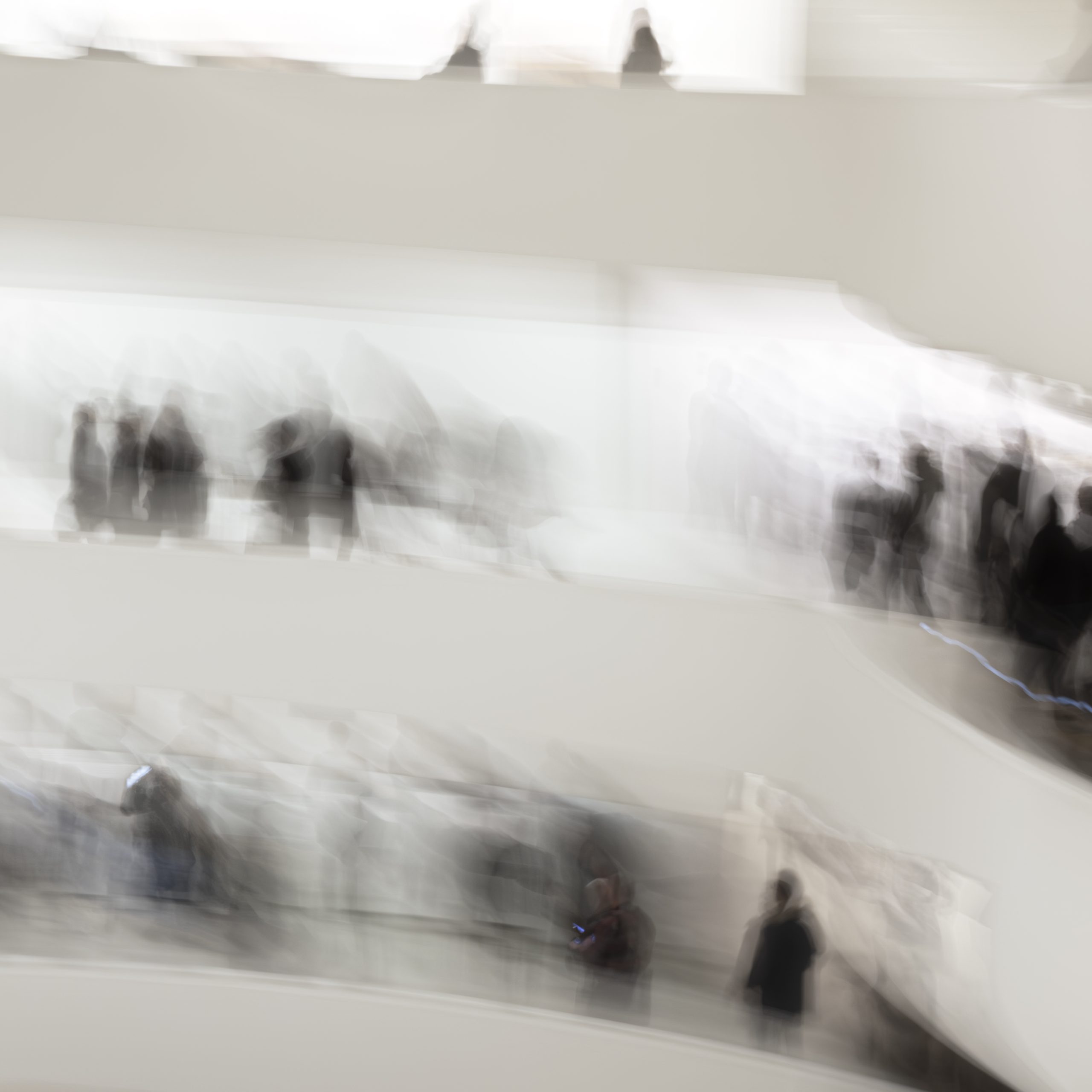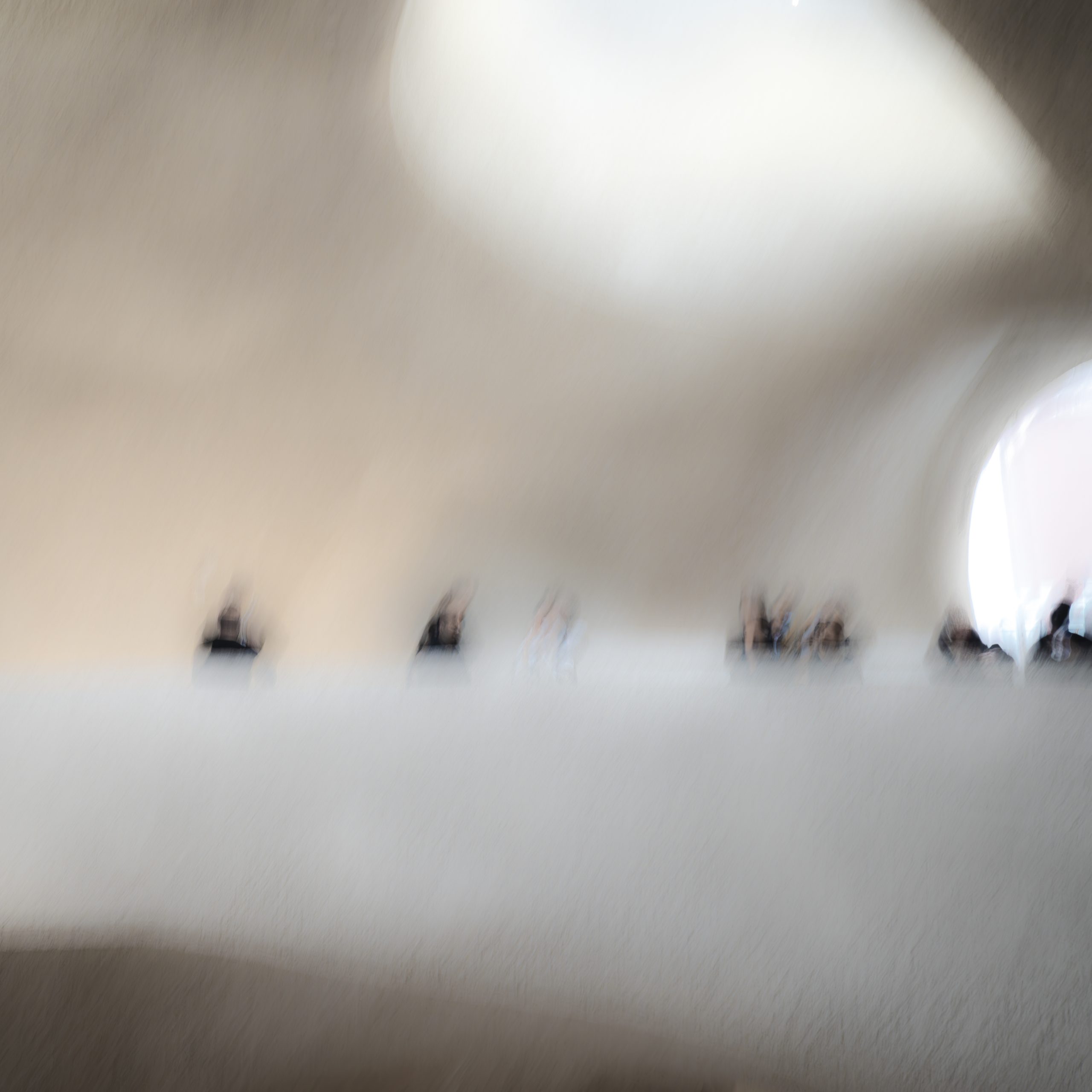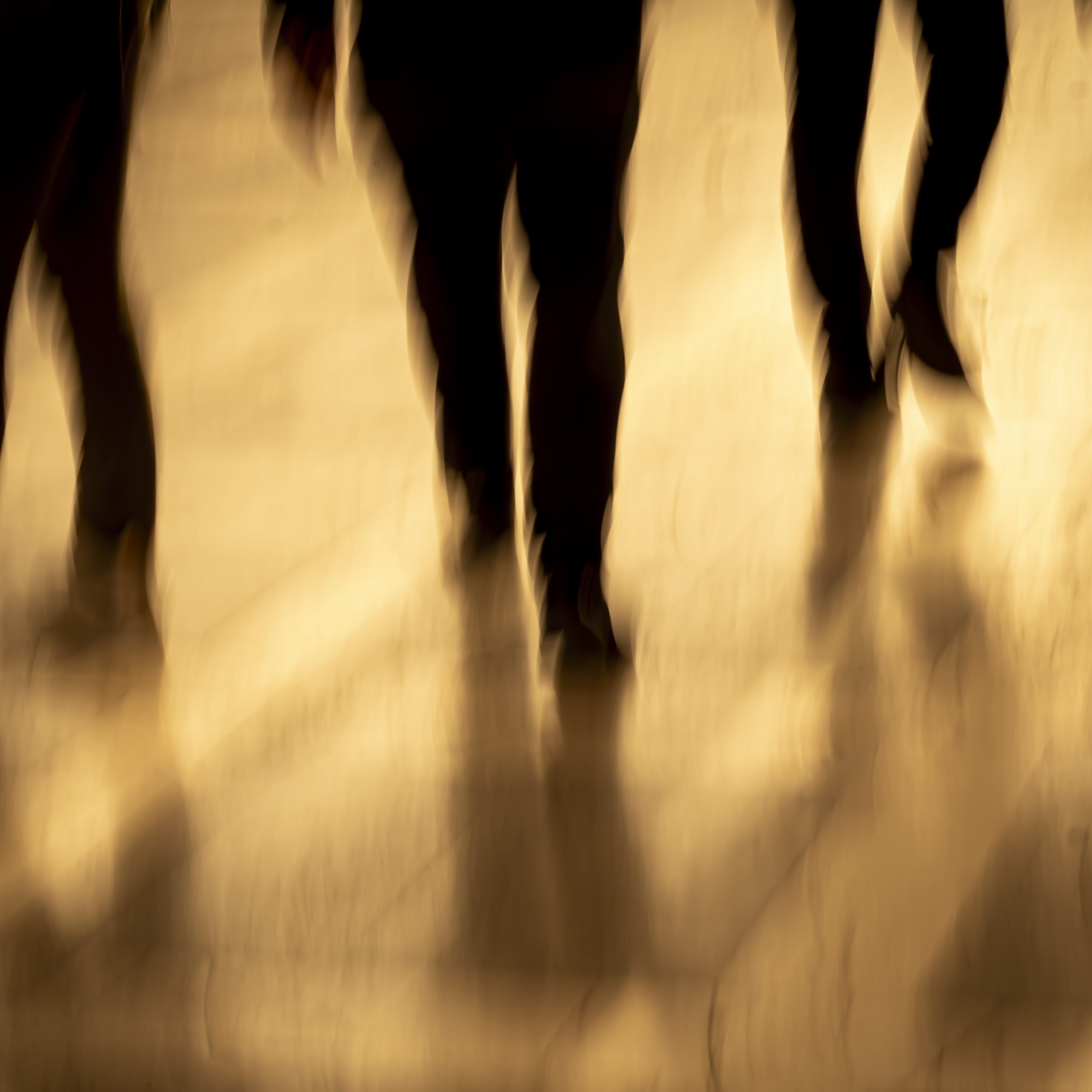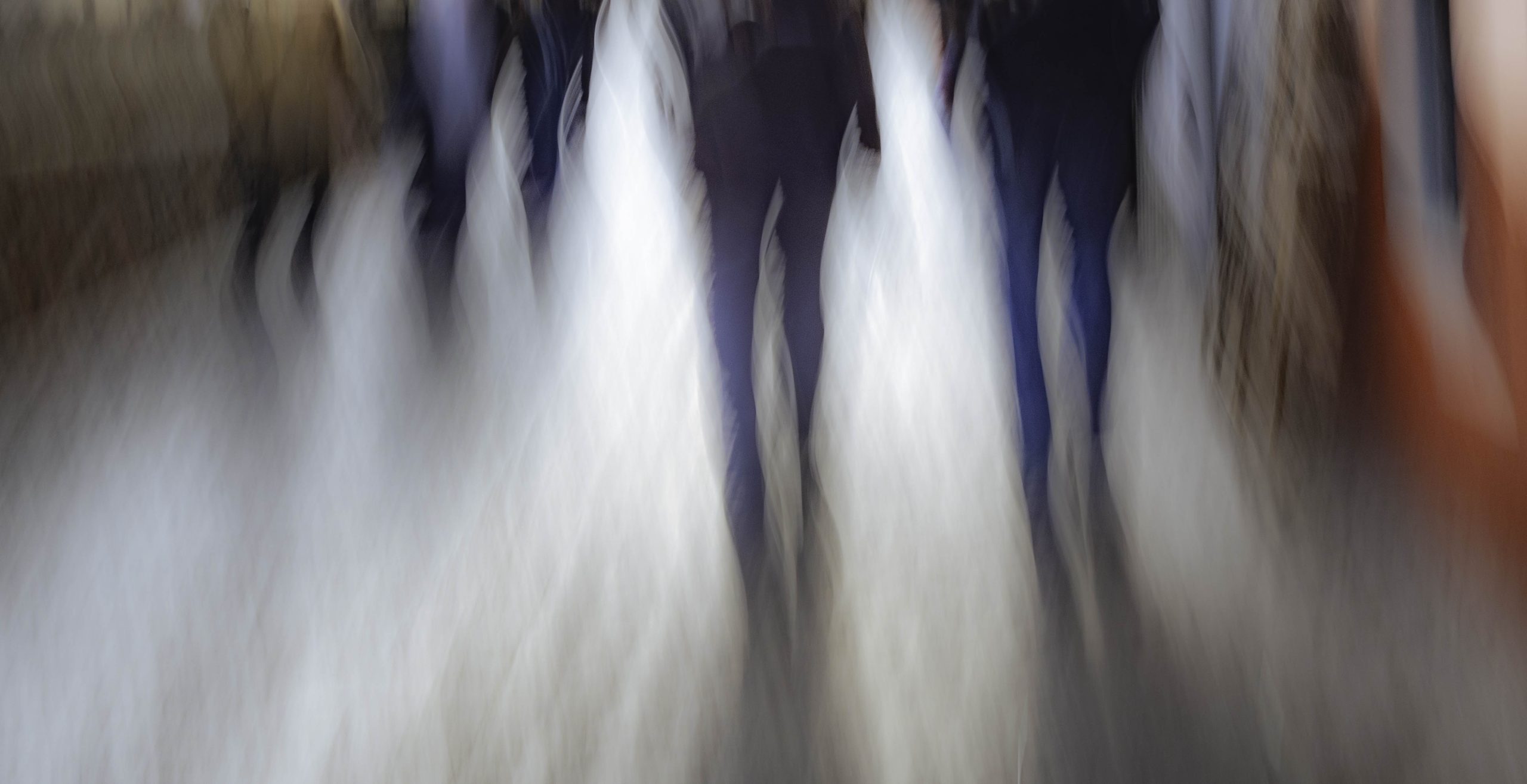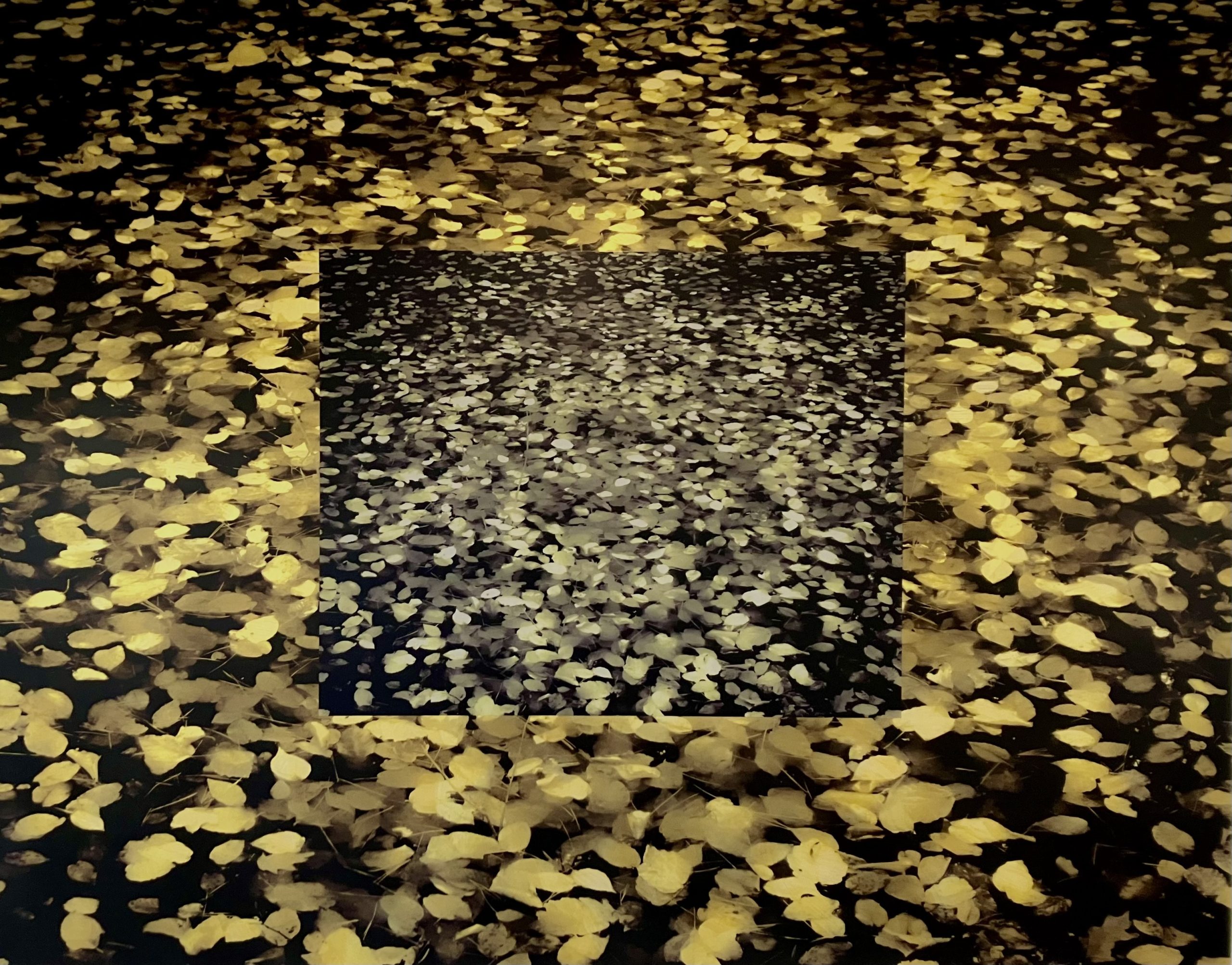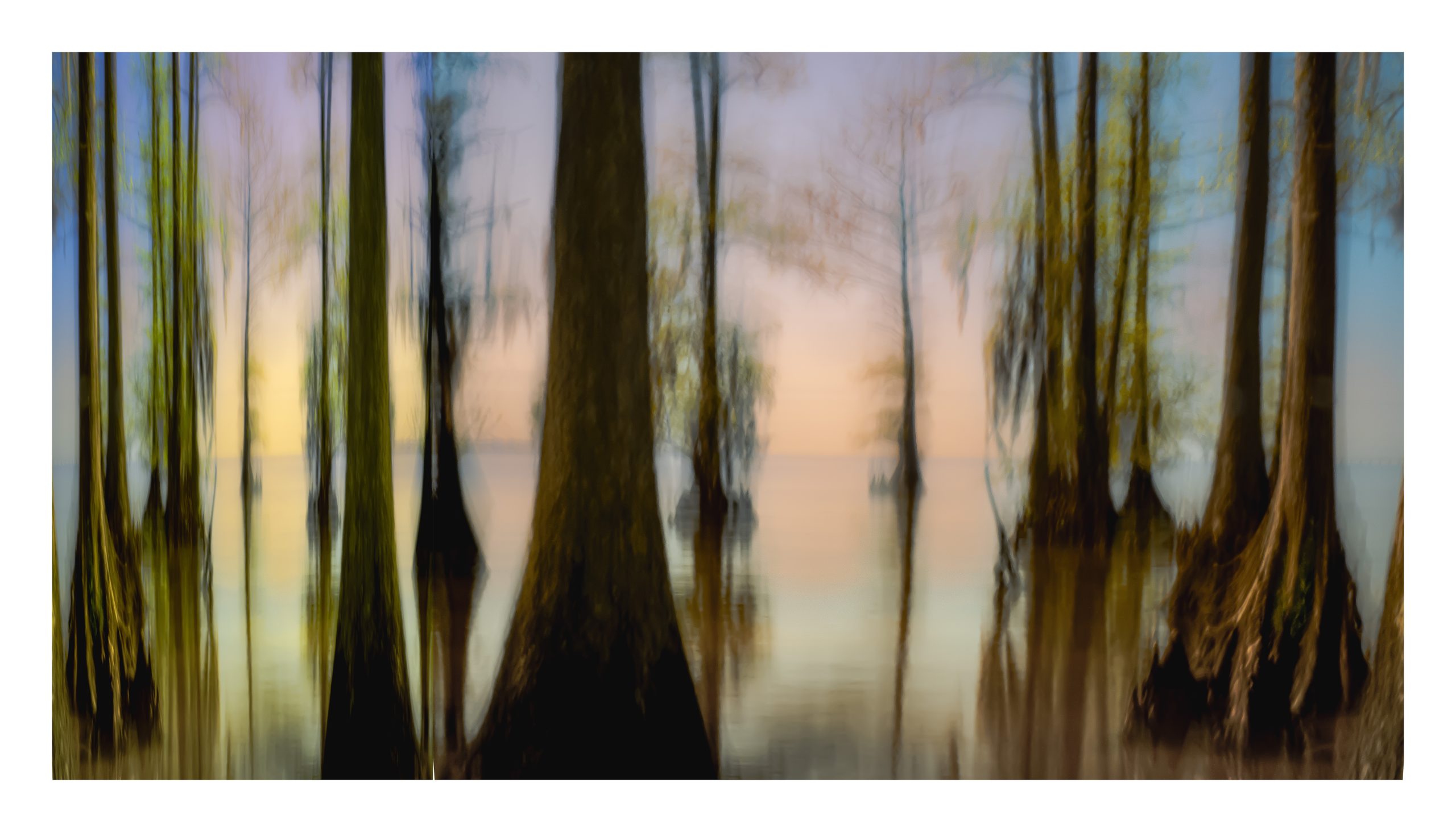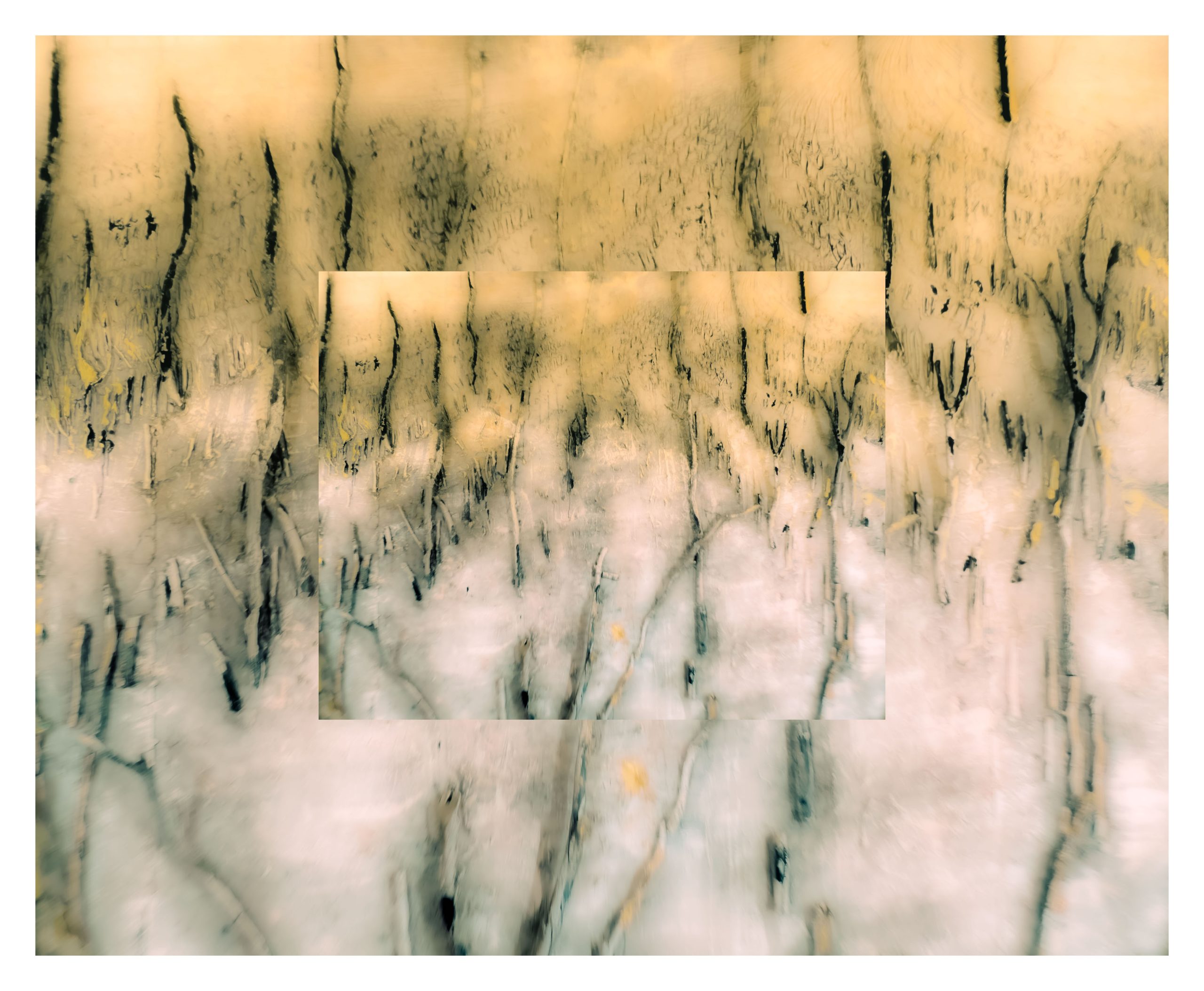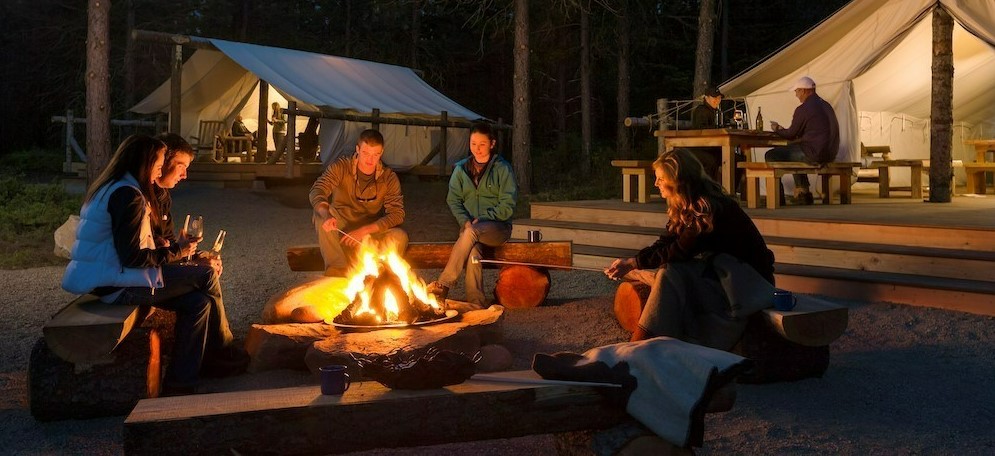Photographer Dan Gottlieb likes to record and reflect on in-between spaces.
And for his newest exhibition at Durham’s Craven Allen Gallery, he’s exploring them with the figure/ground relationship.
It deals with the perception of an object within its environment. He points to the 19th century study of a sitting portrait with its clear distinction between subject and background.
Gradually over time, new movements would usher in its demise.
“The Impressionists used the dissolution of the figures and the environment in their work,” says the former director of planning and design at the North Carolina Museum of Art. “And the Cubists and Futurists obliterated that distinction altogether.”
Gottlieb’s images, though, don’t go quite that far. Instead, they’re highly personal works that reach back to a childhood habit of squinting at people on the streets of New York. These are images that recall that habit, as they blur the edges between what’s real and what the artist perceives and imagines.
“I want to evoke that in-between space,” he says. “I’m feeling a little more deeply about the impermanence of it all.”
Schooled in painting, printmaking and photography, Gottlieb says he’s now turning on its head the notion of photography as a means to capture time and space and hang it on a wall.
Instead, photography for him is a tool to express how he sees the world. And it has little to do with the details of a narrative.
“I’m much more interested in moving to the universal,” he says. “And combined with my own philosophy, it’s very meaningful to me.”
Some of the new images were taken in New York, New England, and Eastern North Carolina. Others explore a particular region of Spain, including Alhambra, Granada, Cordoba, Seville and Marrakesh. “I’m very interested in contemporary people connected to the amazing history of the mash-up between the Jewish and Muslim people, before the Catholic invasion of the Iberian peninsula,” he says.
All of the images are handmade. Gottlieb prints them, cuts out their panels, then paints and sands them. “Each is an individual poem, if you will,” he says. “They’re not editions but singular objects.”
If they don’t have a specific narrative, they do have a touchpoint in time, space, history or personal connection.
Case in point is one image he calls “After Krakow.” “It’s a picture that’s an homage to those who fled the pogroms in Austria-Hungary and Romania, like my grandfather,” he says. “It’s an emotional touchstone to something in my history – he fled east of Krakow and ended up in New York.”
Later, that would set the stage for his grandson to see and record the world in a new way.
His show opens on the 23rd.
For more, go here:

